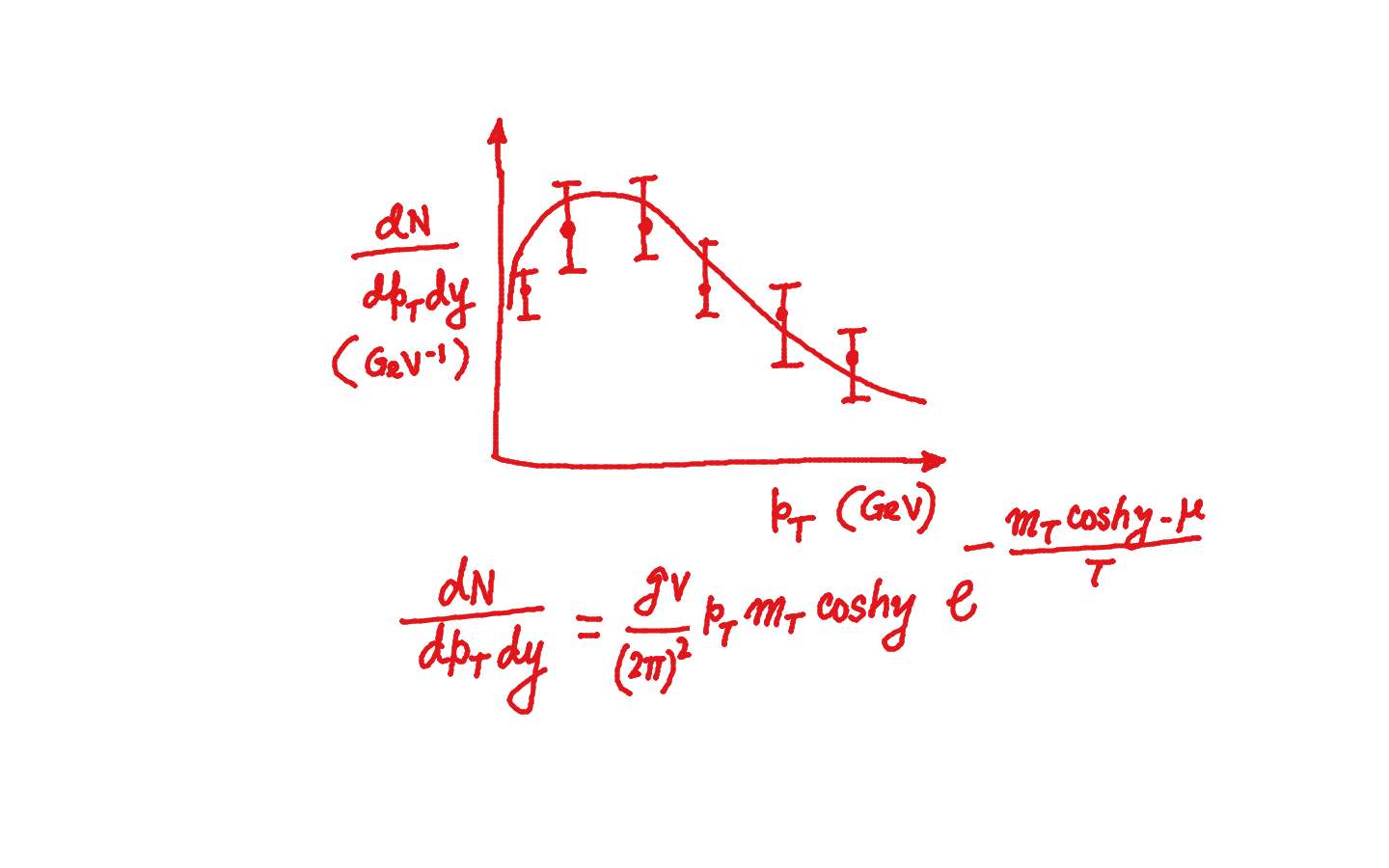One of the important observables in high-energy collision physics, involving collisions of proton on proton, lead on lead and so on, is particle transverse momentum distribution. In this project, analytical models describing particle distributions (e.g. those produced at the LHC) will be studied with the help of statistical mechanics.
Tasks
1. Review of the physics of high-energy collision and Quark-Gluon Plasma (QGP); 2. Review of the experimental observables, in particular, the particle spectra, from a phenomenological perspective; 3. Obtaining particle spectra using statistical mechanics; 4. Boltzmann-Gibbs or beyond? finding an answer; 5. Reviewing and reporting
Preliminary schedule by topics/tasks
Weeks 1-2: There will be several lectures covering the topics. Based on these lectures, some tasks will be given; Weeks 3-4: Review of the topics and the tasks given; Weeks 5-6: Preparing a report and submission.
Required skills
Thorough knowledge of thermodynamics and statistical mechanics is required. Basic level familiarity with Mathematica and the C++ language will be an added advantage. Familiarity with LaTeX and proficiency in English are necessary.
Acquired skills and experience
Participant will gain familiarity with the basic physics of high-energy collisions, QGP, and its observables. She/he will learn also about the contemporary analytical models for describing particle spectra, and how they are utilized to describe experimental data.
Recommended literature
Eur. Phys. J. A (2020) 56:72 (https://doi.org/10.1140/epja/s10050-020-00083-2)



